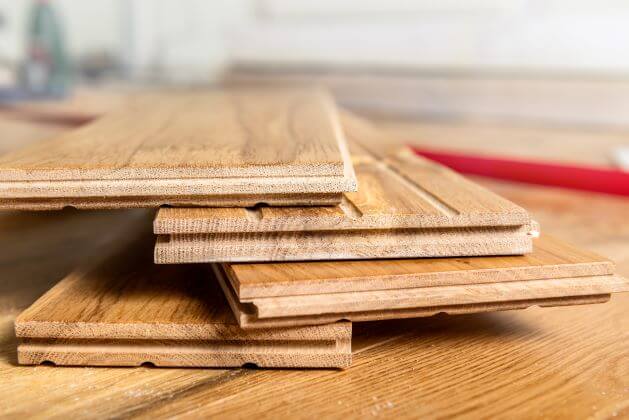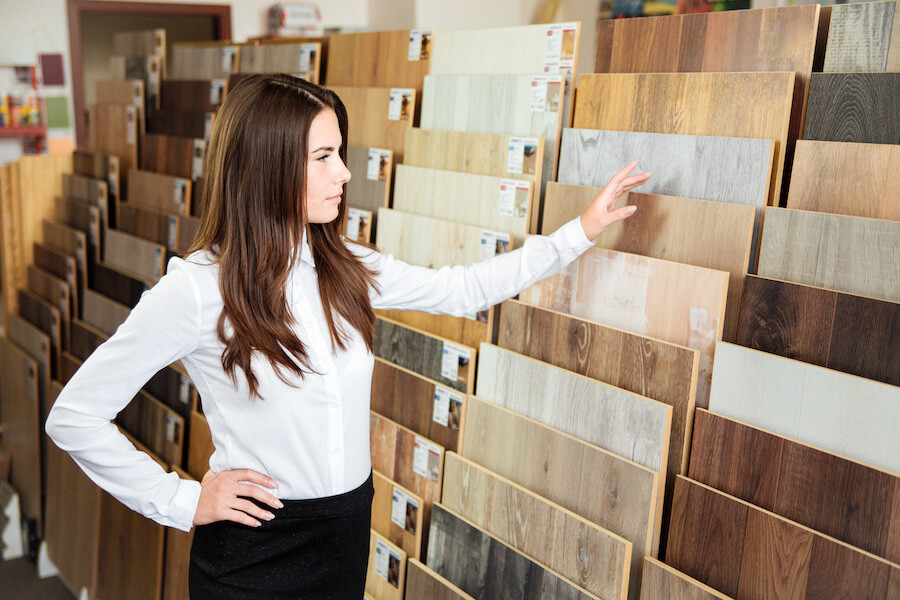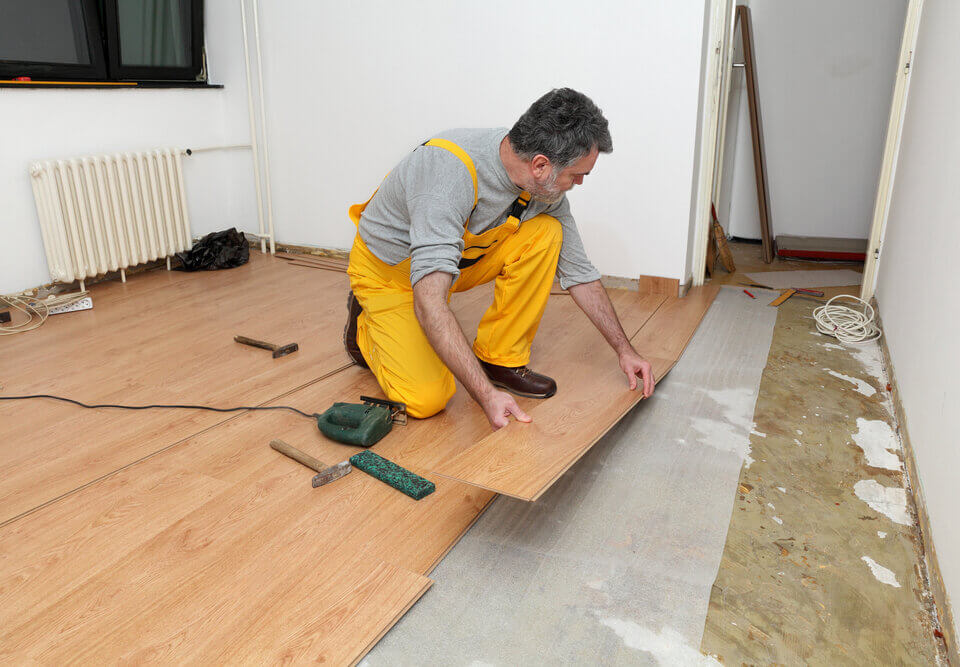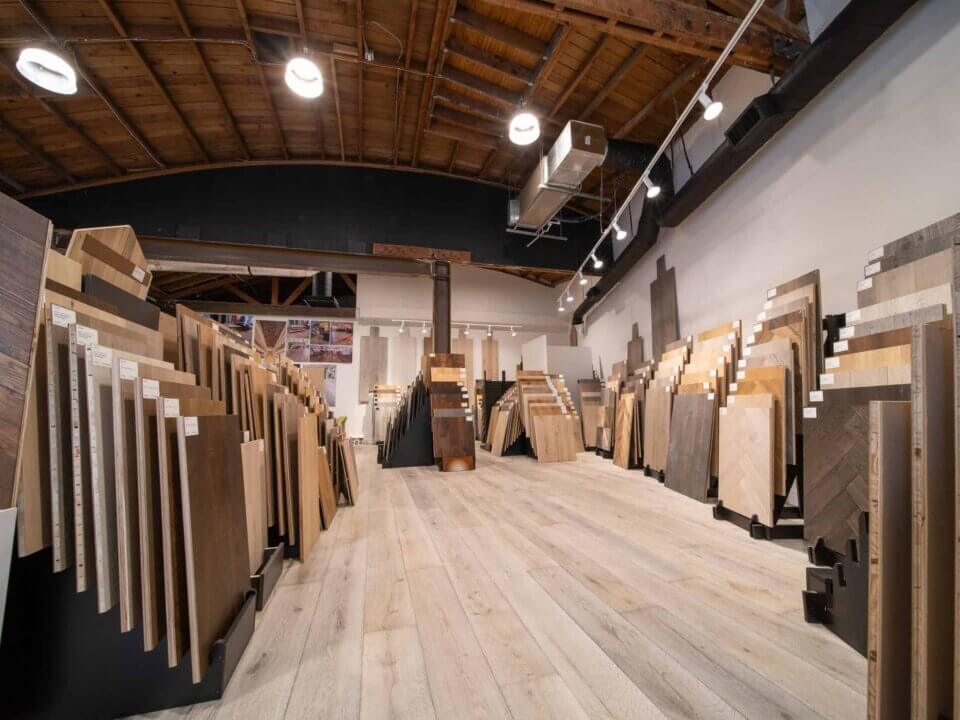- CONTACT US | 7941 CANOGA AVE., CANOGA PARK |
- +1 (818) 888-8065
- +1 (818) 634-4222

Hardwood floors
Hardwood floors offer a number of health and wellbeing benefits. They can last for generations, provide a beautiful, natural look, and are easy to maintain. However, hardwoods are not without their drawbacks. While they can be stained and gouged, they are also vulnerable to water damage. If they are damaged, it can be difficult to restore their look.
Wood floors are considered hypoallergenic because they do not contain any fibers that could trap allergens, bacteria, or other microscopic organisms. This is in contrast to carpets, which are made of synthetic materials that trap dust mites and other allergens. Those with sensitive respiratory systems will find that wood is better for them than other flooring options.
It is estimated that as many as 50 million people in the U.S. suffer from nasal allergies. This is the third leading cause of chronic disease in children under 18 years of age. Thankfully, there are ways to mitigate the effects of allergies on your family, and one of the most effective is to install hardwood flooring.
The American EPA reports that wood floors are healthier than carpet. In addition, they are less likely to produce toxins and chemicals. Moreover, they are not made from harmful fibers like plastic.
Aside from their health benefits, hardwood floors are also more durable than carpets. Carpets degrade faster when they are worn out. Also, they are less resistant to water and moisture, which can cause gaps and ripple in the wood. Fortunately, hardwood floors do not need to be replaced as often as carpets.
Another reason why wood is healthier than carpet is because they do not release harmful irritants. Carpets, on the other hand, are coated with toxic chemicals that reach into the home after they are installed.
Aside from their health benefits, wood floors are also more environmentally friendly than other flooring options. For example, they require less energy to produce and do not emit toxins or other chemicals. Besides, they are a renewable resource.
Unlike carpet, which requires frequent replacement, hardwoods are easy to refinish. Furthermore, they are easier on the joints and back. They are available in a variety of styles and colors, so they can be customized to match your room. Lastly, they will never go out of style.
Regardless of whether you choose solid hardwood or engineered wood, it is important to consider the lifespan of your flooring. Although engineered hardwood is more durable, solid hardwoods can still be repaired. As a result, they are a more cost-effective option for long-term maintenance.
Lastly, hardwood floors are more comfortable to walk on than other types of flooring. They also have a natural and antique look that makes them attractive. You may prefer the more rustic look of distressed hardwoods, which are available in a variety of hardwood species and colors.
Whether you choose to install solid hardwood or engineered, a few simple steps can help you achieve your goals. These steps include installing and maintaining your floors properly.




